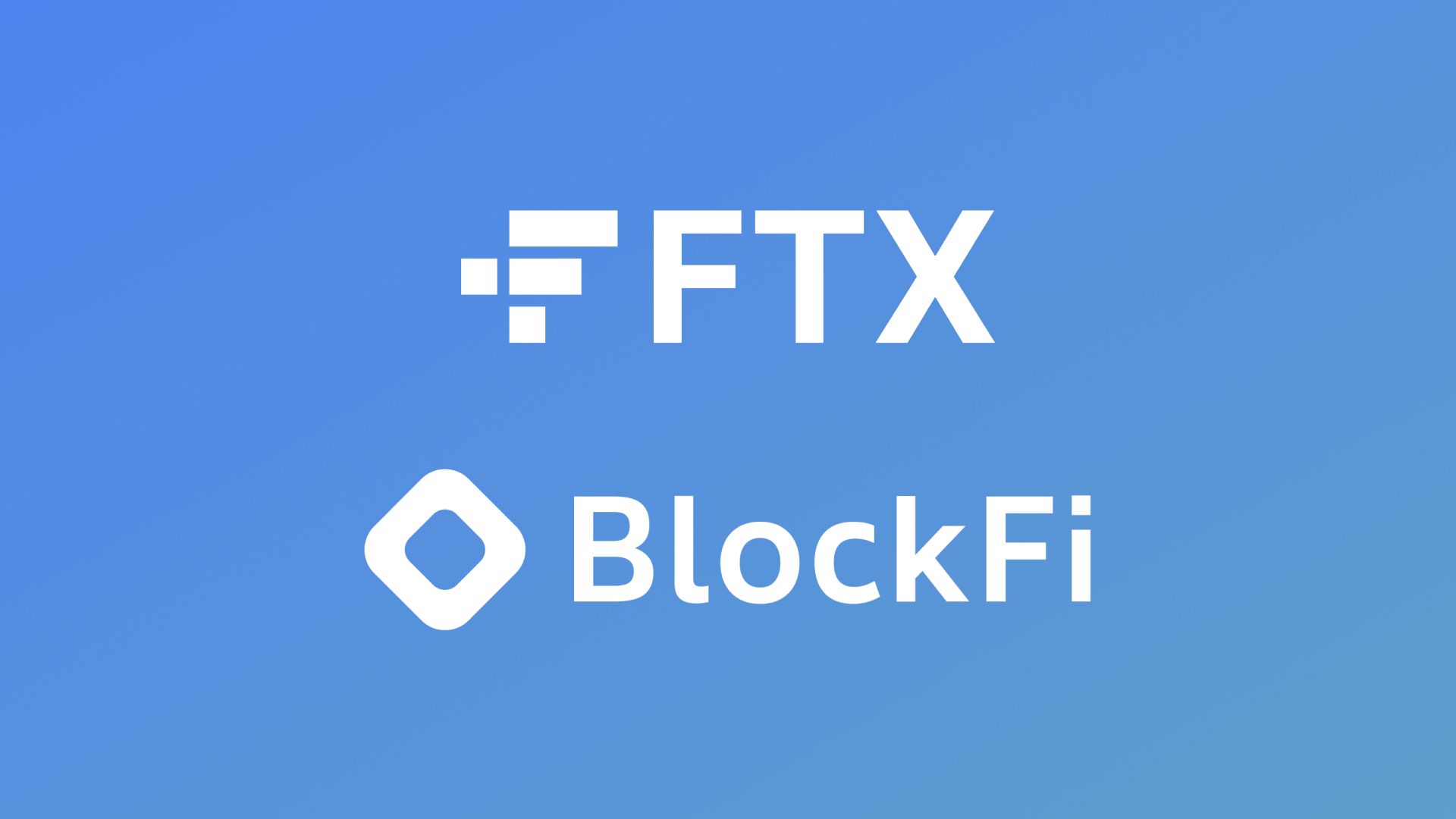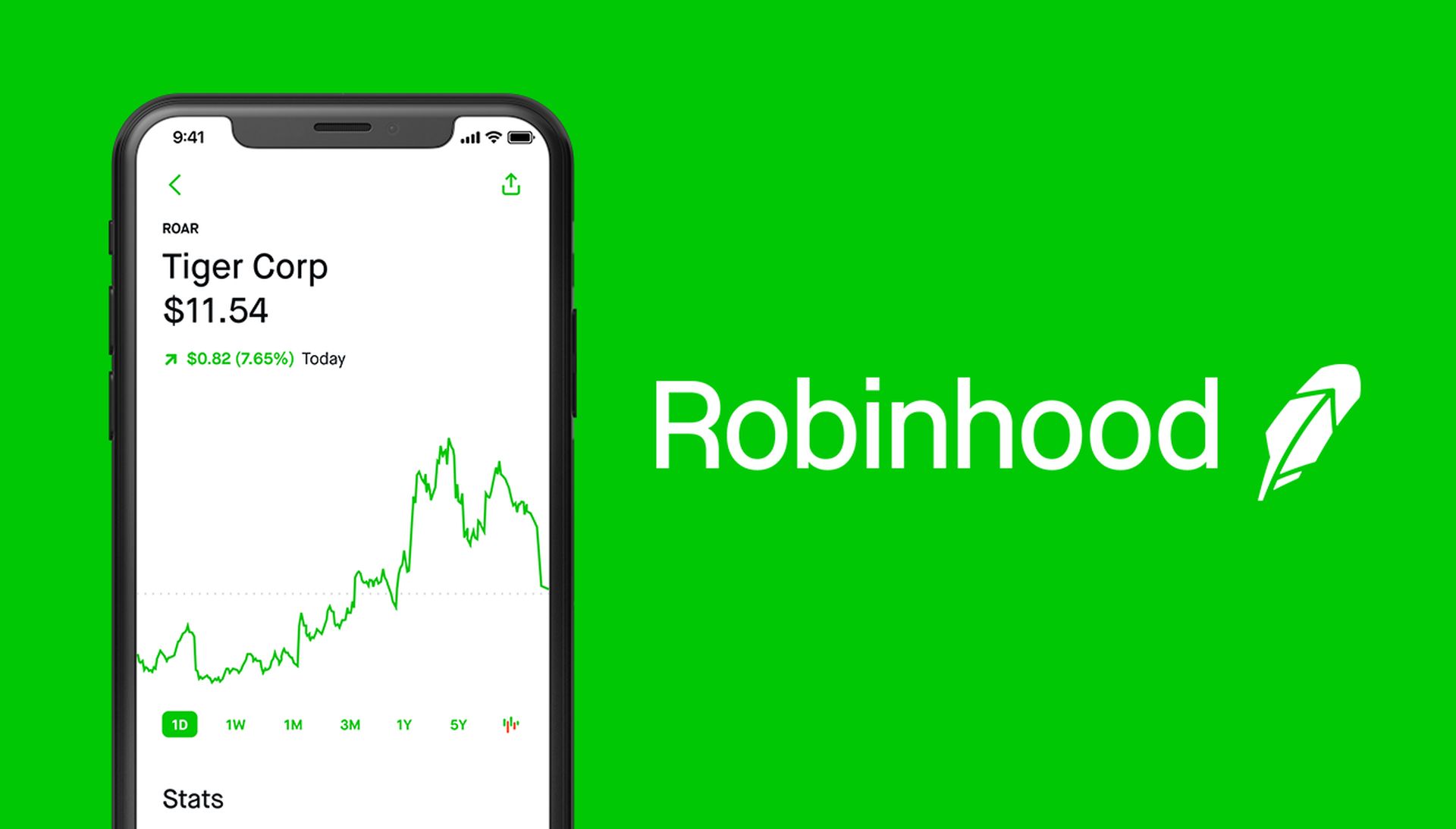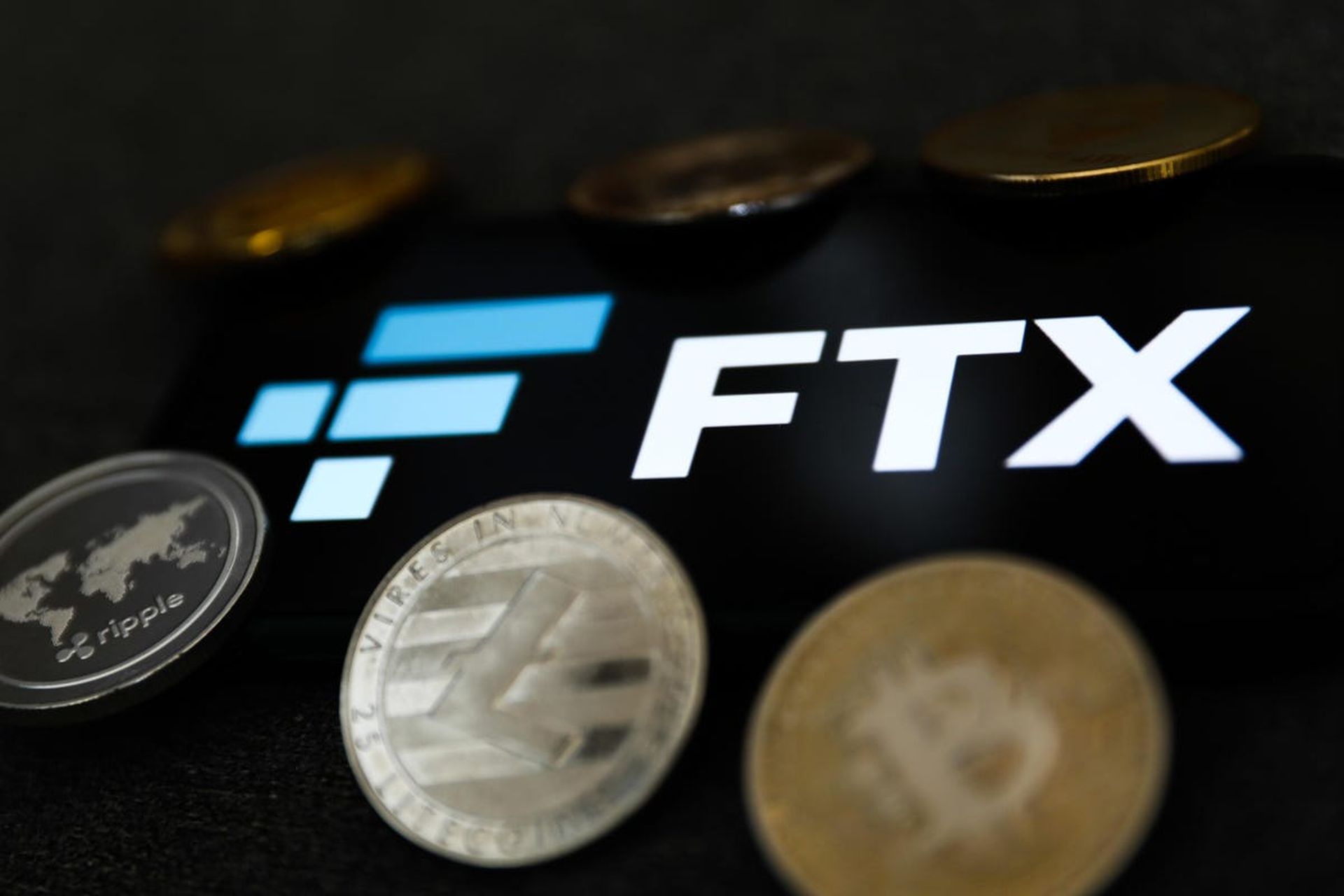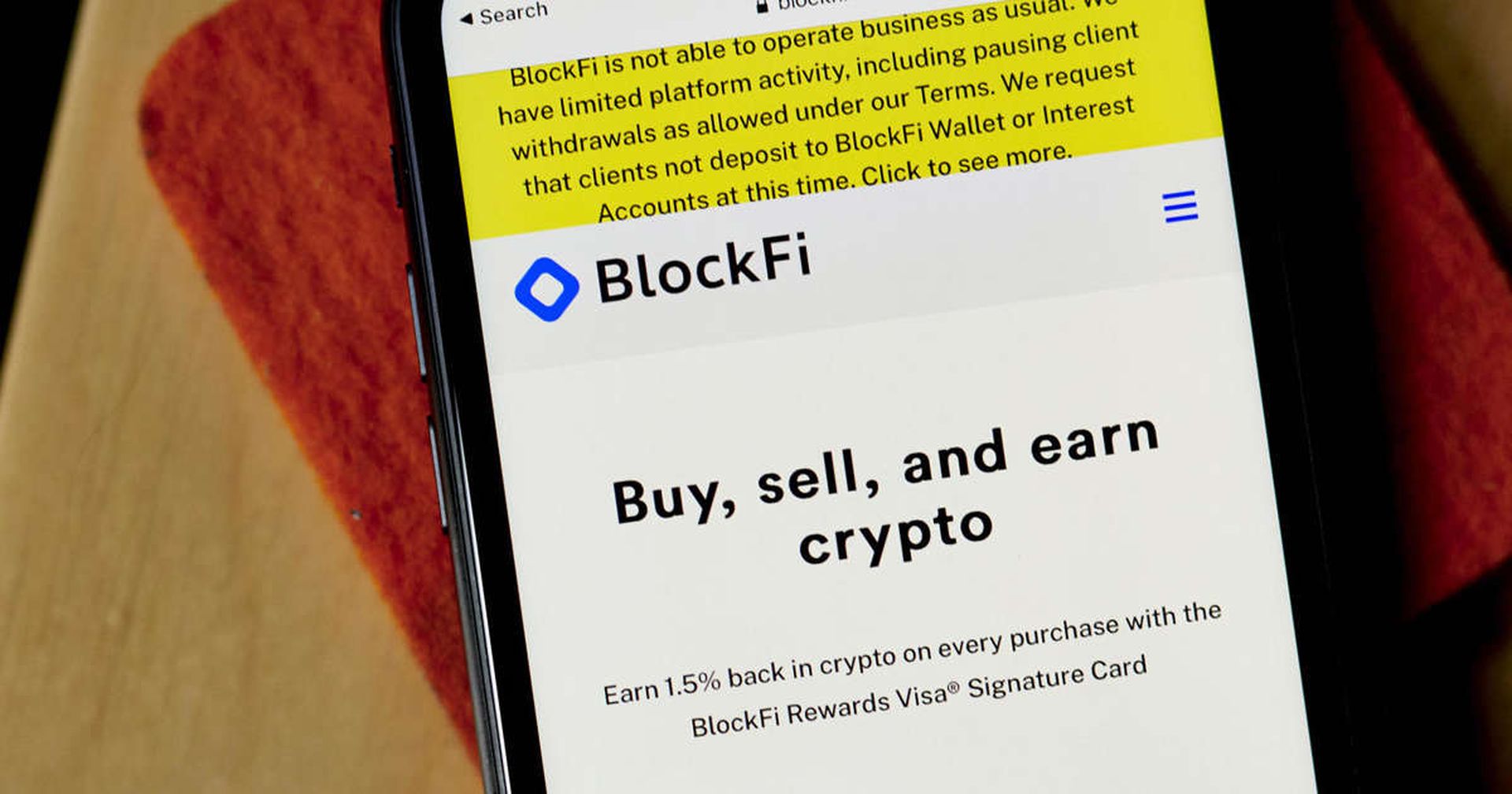The announcement of BlockFi Chapter 11 bankruptcy protection has just come in on Monday, becoming the latest company to fail in the market after being exposed to the stunning collapse of the FTX exchange earlier this month.
The court petition in New Jersey comes as cryptocurrency values have fallen sharply. The cost of bitcoin, by far the most widely used digital currency, has decreased by more than 70% since its peak in 2021.

BlockFi, the company situated in New Jersey and owned by former finance executive turned cryptocurrency entrepreneur Zac Prince, claimed in a bankruptcy petition that a liquidity crisis was brought on by its significant exposure to FTX. Sam Bankman-Fried, the founder of FTX, filed for protection in the US this month after investors withdrew $6 billion from the exchange in just three days and Binance, a rival exchange, abandoned a rescue plan.
Why is BlockFi chapter 11 bankruptcy protection necessary?
BlockFi said that the liquidity situation was brought on by both the cryptocurrency kept on FTX’s platform that became locked there and its exposure to FTX through loans to Alameda, a crypto trading company connected to FTX. Between $1 billion and $10 billion were stated as BlockFi’s assets and liabilities.
In a separate lawsuit filed on Monday, BlockFi sued to reclaim shares of Robinhood Markets Inc (HOOD.O), which had been pledged as collateral three weeks earlier, before BlockFi and FTX filed bankruptcy protection.
Renzi said that BlockFi had liquidated a portion of its cryptocurrency holdings earlier in November to pay for its bankruptcy. BlockFi now has $256.5 million in cash, thanks to the $238.6 million in cash earned from those sales.

BlockFi also filed for bankruptcy after two of its biggest rivals, Celsius Network and Voyager Digital, did so in July, citing adverse market conditions that had caused losses at both businesses.
During the pandemic, crypto lenders exploded, luring ordinary clients with double-digit rates in exchange for their cryptocurrency deposits. Unlike traditional lenders, crypto lenders are not allowed to keep capital or liquidity buffers, and several of them found themselves exposed when a lack of collateral forced them to bear significant losses.
Tuesday will mark the first bankruptcy hearing for BlockFi. An inquiry for comment from FTX was not answered.
FTX was the second biggest creditor of BlockFi
BlockFi cited FTX as its second-largest creditor in a court statement on Monday, with $275 million owing on loan made earlier this year. It claimed to owe more than 100,000 debtors money. Additionally, the business revealed in a separate filing that it intends to fire two-thirds of its 292 staff members.
BlockFi was to receive a $400 million revolving credit facility as part of a contract inked with FTX in July, and FTX was given the option to purchase it for up to $240 million.

The U.S. Securities and Exchange Commission was also mentioned by BlockFi as one of its biggest debtors, with a $30 million claim. A BlockFi subsidiary agreed to pay the SEC and 32 states $100 million in February to resolve allegations relating to a retail cryptocurrency loan program the company provided to almost 600,000 investors.
According to a news announcement at the time, BlockFi’s March 2021 investment round was co-led by Bain Capital Ventures and Tiger Global. An inquiry for comments was not immediately answered by either company.
“Acting in the best interest of our clients is our top priority and continues to guide our path forward,”
BlockFi
According to a blog post by BlockFi, the company will be able to stabilize its operations and maximize value for all stakeholders thanks to BlockFi Chapter 11 bankruptcy protection.
Renzi stated in a filing that Blockfi plans to ask for permission to honor client withdrawal requests from the customer wallet accounts where custody of the cryptocurrency is kept. The business did not, however, make any arrangements regarding how it may handle withdrawal requests from its other products, such as interest-bearing accounts.
The backstory of BlockFi
Prince, who serves as the business’s chief executive officer, and Flori Marquez created BlockFi in 2017. According to its website, BlockFi has offices not only in Jersey City but also in New York, Singapore, Poland, and Argentina.
Prince had tweeted in July:
1/2
PSA to journalists + market commentators
It's time to stop putting @BlockFi in the same bucket / sentence as Voyager and Celsius. Two months ago we looked the "same". They shut down and have impending losses for their clients.
— Zac Prince (@CostSegZac) July 11, 2022
Prince was reared in San Antonio, Texas, and used profits from online poker tournaments to pay for his college studies at the University of Oklahoma and Texas State University, according to a profile of BlockFi that was published earlier this year by Inc. He worked at Zibby, a lease-to-own lender that is now named Katapult, and Orchard Platform, both broker-dealers, before founding BlockFi alongside Marquez (KPLT.O).
That’s all we know regarding BlockFi chapter 11 bankruptcy protection. As developments come, we will continue to inform you. While you wait, you might want to check out our article titled After FTX collapse, Binance under investigation





